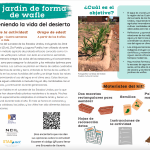
Un jardín de forma de wafle
La gente indígena del suroeste de los Estados Unidos, incluyendo los Diné (Navajo), A:shiwi (Zuni), Zia Pueblo y Laguna Pueblo, han utilizado durante generaciones un método agrícola de probada eficacia conocido como Un jardín de forma de wafle para cultivar con éxito en el entorno semiárido. Esta técnica centenaria integra los ciclos de las…
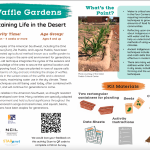
Waffle Garden
Indigenous peoples of the American Southwest, including the Diné (Navajo), A:shiwi (Zuni), Zia Pueblo, and Laguna Pueblo, have been using a time-tested agricultural method known as a waffle garden to successfully grow crops in the semi-arid environment for generations. This centuries-old technique integrates the cycles of the seasons and…

Stop-Motion Animation Workshop
Create a stop-motion animation video! Learn how to create a short (<1 minute) stop-motion animation of a story. This workshop is designed to be completed in two days or two sessions. Each portion is about 1.5 – 2 hours long. Workshop created by Dr. Emily Fairfax from California State University Channel Islands.
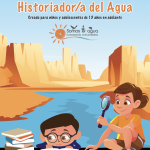
Sé un/a Historiador/a del Agua
Toda persona tiene una historia que contar. Registrar las historias de tus familiares y amigos y las personas de tu comunidad es fundamental para conocer la historia de tu pueblo. Esta actividad le enseña a ser un/a buen/a entrevistador/a.
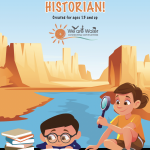
Be a Water Historian
Everyone has a story to tell. Recording stories from your family, friends, and people in your community is an important part of understanding history in your town. In this activity, you will learn how to be a good interviewer so that you can help preserve amazing stories from your community!
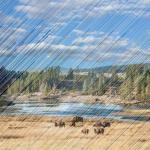
We Are Water Art Museum
Submit your water-themed craft, art or photos to be showcased in the We Are Water Art Museum. Select the best display category.
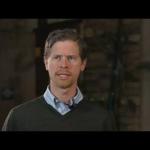
What Does the Future Hold?
In the final video lecture of the series, Eric Gordon and Anne Gold from CIRES wrap up the series by giving an overview of the previous lectures and discussing possibilities of future challenges facing water in the west.
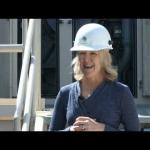
A Collision of Impacts: The Water Energy Nexus
In this lecture, Dr. Kristen Averyt from the University of Colorado Boulder gives a lecture on the link between water and energy, also known as the Water-Energy Nexus. Learn about how water can generate power. This video is part of the Water in the Western US project.

Doing More With Less: Water Conservation and New Supplies in Las Vegas
In this part of the Water in the Western US lecture series, Eric Gordon from the University of Colorado Boulder discusses the rapid growth of Las Vegas and the history of its water use. This western water story can help us learn about how desert towns can improve their water sustainability.
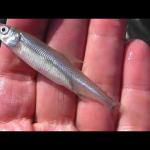
Science, Management, and Reality: The Story of the California Bay Delta
Peter Goodwin and Phil Isenberg of the Delta Stewardship Council gave this lecture on the story of the California Bay Delta. They discuss complex management issues with California's water supply and more. This video is part of the Water in the Western US project.
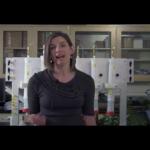
Understanding Water Quality Impacts: Boulder Creek Case Study
In this video, Sheila Murphy from the US Geological Survey gives a lecture on the effects that wildfire has on water quality and quantity. This lecture is part of the Water in the Western US project.
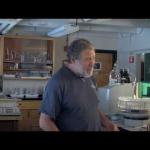
A Growing Controversy: Hydraulic Fracturing and Water Supplies
This lecture by Dr. Mark Williams from the University of Colorado Boulder gives an overview on the controversial topic of hydraulic fracturing (also known as "fracking"). What is it and how does it affect our water supply? This video is part of the Water in the Western US project.
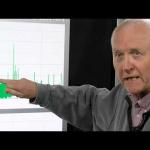
Physical Attributes of the Colorado River and Experimental Flows in the Grand Canyon
This lecture by Dr. Jack Schmidt from Utah State University gives an overview on the physical attributes of the Colorado River and how that affects river restoration. This video is part of the Water in the Western US lecture series.
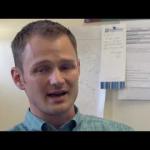
The Colorado River Basin Water Supply and Demand Study
In this lecture, Dr. Ken Novak from the US Bureau of Reclamation examines a case study on the water supply and demand of the Colorado River Basin. Learn about how increasing demand for water affects reservoirs and other infrastructure. This is part of the Water in the Western US lecture series.
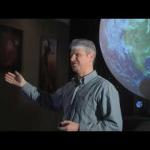
Climate and the Colorado River Basin Past, Present, and Future
This video features Jeff Lukas from CIRES' Western Water Assessment who discusses the overall climate patterns of the Colorado River Basin, and how we can use this information to study the past, present, and future climate of the western United States. This video is part of the Water in the Western US lecture series.
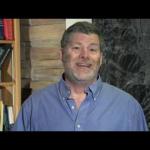
History of Development of the Colorado River Basin
In this video, Dr. Paul Lander from the University of Colorado Boulder gives a lecture on the history of two important dams: Hoover and Glen Canyon. This is part of the Water in the Western US lecture series.
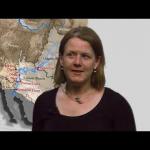
Geographic and Physical Overview of the Colorado River Basin
CIRES' Anne Gold delivers a lecture on the physical geographic overview of the Colorado River Basin and the legal and political aspects of water management in the west. This is part of the Water in the Western US lecture series.
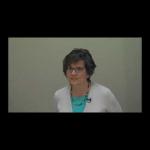
Water Demand for Urban Areas
In this lecture, Dr. Joanna Endter-Wada from Utah State University discusses water demand for urban areas. Learn about the nature of urban water demand, urban water management, and more. This is part of the Water in the Western US lecture series.
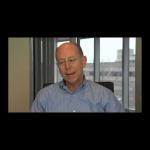
Water Demand for Agriculture
Dr. Reagan Waskom, director of the Colorado Water Institute at Colorado State University, provides an overview on agricultural water use in the west. Learn about types of agriculture, how water is used in agriculture, and why so much water is needed for agriculture in the west. This video is part of the Water in the Western US lecture series.
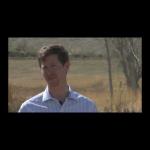
Impacts of Climate Change in the Interior West
This video features Eric Gordon, who delivers a lecture on the effects that climate change will have on water in the Western United States. This is part of the Water in the Western US lecture series.
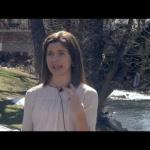
River and Flash Flooding
Research scientist Dr. Kelly Mahoney explores rivers and flash flooding in the west. This video covers different kinds of floods, what causes flash flooding, why flash flooding is more of a risk in the Western US, and what happened in the 2013 Front Range floods. This video is part of the Water in the Western US lecture series.
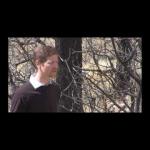
Watershed Impacts
In this lecture, Eric Gordon covers how the state of watersheds in the west can impact life in the surrounding areas. This includes an overview of the effects of wildfires, bark beetle infestations, and desert dust deposition on snow on the watershed. This video is part of the Water in the Western US lecture series.

Groundwater Resources
In this video, Dr. Ben Livneh from CIRES at the University of Colorado Boulder gives an overview of all things groundwater in the Western United States. This video is part of the Water in the Western US lecture series.
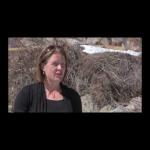
Water Quality, Aquatic Habitat, and Drinking Water
This lecture by Dr. Anne Gold discusses water quality challenges in the Western United States and how that affects aquatic habitats and drinking water. This video covers streamflow, salinity, pollution, sediment load, and more. This video is part of the Water in the Western US lecture series.
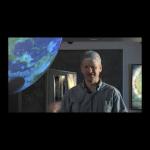
Climate in the Western US and Water Resources
Jeff Lukas with Western Water Assessment discusses how the climate of the Western United States affects the availability of water resources. Learn more about the natural processes that drive our water cycle in the Western United States. This video is part of the Water in the Western US lecture series.
Pagination
- Page 1
- Next page